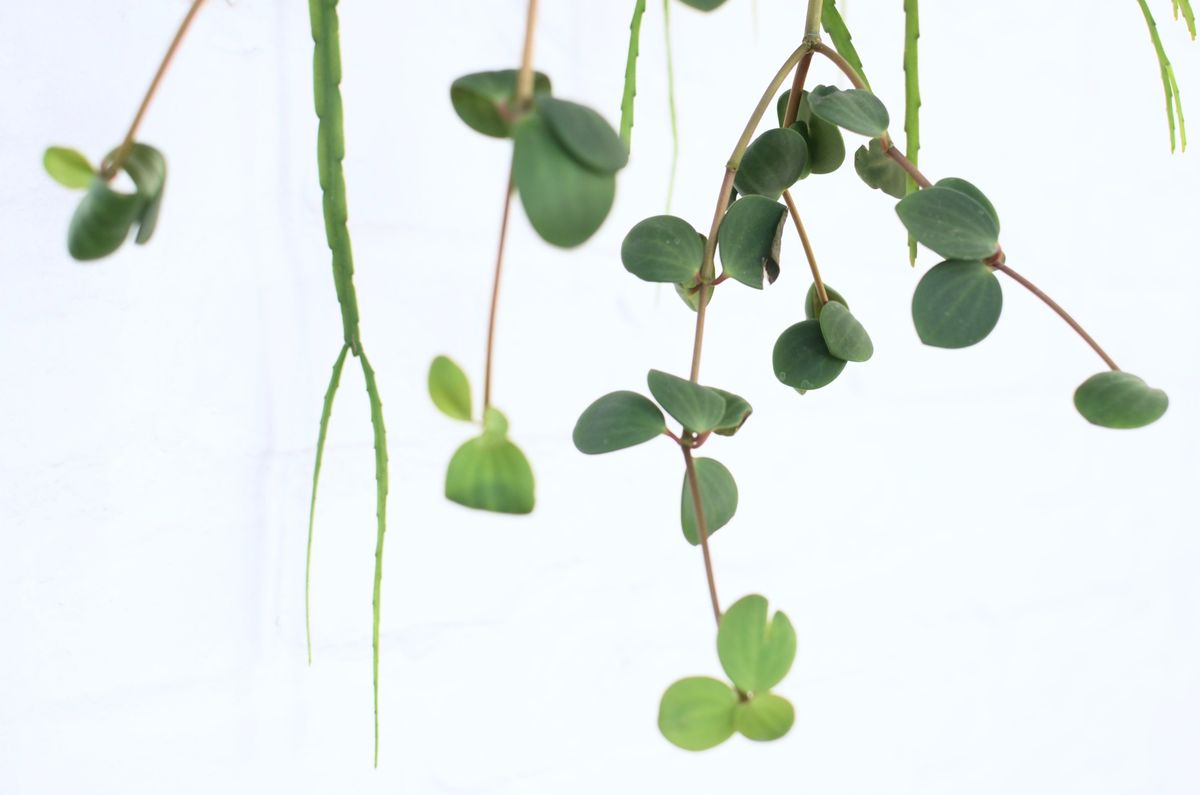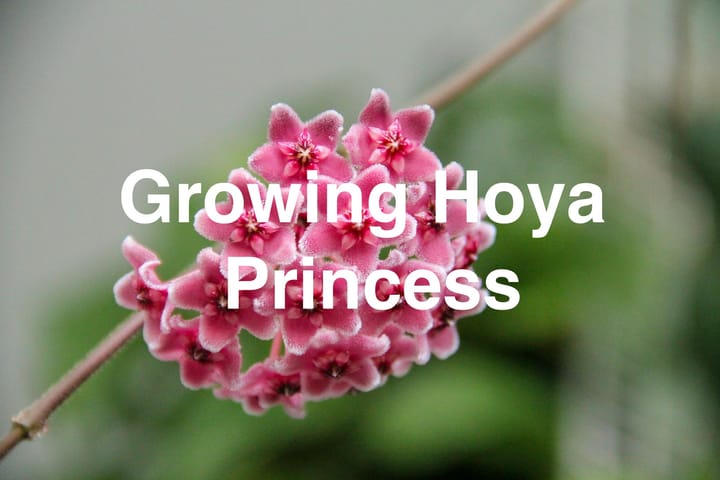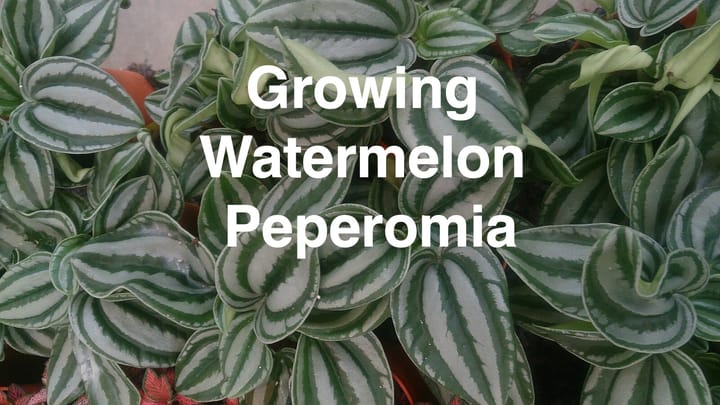How to Grow Peperomia Hope
Peperomia Hope is a popular low-maintenance succulent houseplant that adds a touch of greenery to your home.

Table of Contents
Belonging to the family Piperaceae, this tropical plant is known for its attractive, round, fleshy leaves and easy-to-care-for nature.
To grow a healthy Peperomia Hope, it's essential to provide the right environment.
This includes placing it in an area with bright, indirect light, as direct sunlight can burn the delicate leaves.
When it comes to propagating, you can easily use leaf cuttings to create new thriving houseplants.
About Peperomia Hope
Peperomia Hope is a hybrid perennial plant that combines the features of two South and Central American species: Peperomia deppeana and Peperomia quadrifolia.
This green, trailing plant is often called Radiator Plant or Trailing Jade, and it typically grows up to 12 inches tall.
Its fleshy, succulent leaves are round or oval in shape and can display a variety of green shades.
As an epiphyte, Peperomia Hope is adapted to grow on other plants or objects, making it a versatile addition to your indoor garden.
Growing Peperomia Hope
To plant Peperomia Hope, start with a well-draining potting mix consisting of equal parts perlite, orchid bark, peat moss, and sand.
This soil mix will provide the necessary drainage and aeration for the plant's roots. Choose a pot with drainage holes to prevent waterlogging and root rot.
Place your Peperomia Hope in a location with bright, indirect light, as direct sun can cause leaf scorch.
If natural light is limited, artificial light can supplement it.
Water your plant when the top inch of soil feels dry, ensuring you maintain a consistent watering schedule.
Additionally, you can propagate new plants through stem cuttings placed in water or moist potting soil.

Caring for Peperomia Hope
Sun and Temperature
Peperomia Hope thrives in bright, indirect light. During spring and summer, ensure temperatures stay within the 65° to 75°F (18° - 24°C) range for optimal growth.
Water and Humidity
Water your Peperomia Hope when the top 1 inch of soil is dry, approximately every 3-10 days.
Maintain humidity between 40-50% as these plants are sensitive to overwatering.
Soil
Choose a well-draining soil mix for your Peperomia Hope.
Combine coco chips, sand, and perlite to create an ideal environment that prevents overwatering and encourages healthy root development.

Fertilizer
Fertilize your Peperomia Hope monthly during the growing season—spring and summer.
Do not fertilize during fall and winter, as it can lead to overfertilizing and harm your plant.
Repotting
Repot your Peperomia Hope when the roots have outgrown their current container using fresh potting mix. This generally occurs every couple of years.
Repotting helps promote continued growth and a healthy root system.
Pruning and Propagation
Regularly prune your Peperomia Hope to maintain its shape.
To propagate, place stem or leaf cuttings in moist potting soil, ensuring that the node is below the soil line. In time, new growth will appear from these cuttings.
Troubleshooting Plant Problems
Growing Problems
If your Peperomia Hope is experiencing leggy growth, it may be due to insufficient light.
Provide bright, indirect light and avoid direct sun to prevent potential problems. Be cautious of over-watering, as this can lead to root rot.
Wait until the topsoil is dry before watering again.
Pests and Diseases
Peperomia Hope can be susceptible to pests like mealybugs, aphids, scale, and fungus gnats.

Look for any infestations and treat them promptly with insecticidal soap or neem oil.
To prevent diseases, maintain good airflow around your plant, and avoid over-watering.
Companion Planting
Pair your Peperomia Hope with other houseplants with similar humidity, light, and watering requirements for the best results.
This makes providing appropriate care for all your plants in the same location easier.

Some examples of suitable companions include other Peperomia species, Pothos, and Calathea.
Conclusion
Peperomia Hope is non-toxic to cats and dogs, making it a perfect addition to your household plant collection without worrying about harming your furry friends.
As a low-maintenance plant, it requires minimal care, making it an ideal choice for busy plant enthusiasts or beginners.
To ensure your Peperomia Hope thrives, provide it with bright, indirect light and well-draining soil.
Remember to water it only when the top inch of the soil is dry, and maintain a humidity level of around 40-50%.
Following these straightforward care guidelines gives you a healthy and visually appealing houseplant to enjoy.
Frequently Asked Questions
What are the ideal light conditions for Peperomia Hope?
Peperomia Hope thrives in bright, indirect light. Avoid placing your plant in low light situations, as this can lead to thin stems, small leaves, and leggy growth.
How often should I water a Peperomia Hope plant?
Water your Peperomia Hope once the top 1 inch (2.5cm) of soil is dry, typically every 3-10 days. Be careful not to overwater, as this can cause root rot.
Can Peperomia Hope be propagated in water?
Yes, Peperomia Hope can be propagated in water. Take a healthy stem cutting and place it in a jar of water.
Change the water regularly to prevent bacterial growth.
What is the proper way to prune a Peperomia Hope?
To prune your Peperomia Hope, use sterilized scissors to remove any yellow, damaged, or leggy growth.
This will promote healthier, bushier growth and maintain the plant's appearance.
How do I grow Peperomia Hope indoors?
To grow Peperomia Hope indoors, provide a well-draining soil mix containing coco chips, sand, and perlite.
Maintain a temperature between 65°F and 75°F (18° - 24°C) and ensure the plant receives adequate bright, indirect light.
Is Peperomia Hope considered a succulent?
Peperomia Hope is not a true succulent, but it has succulent-like qualities. Its fleshy leaves store water, allowing the plant to withstand limited water availability.



